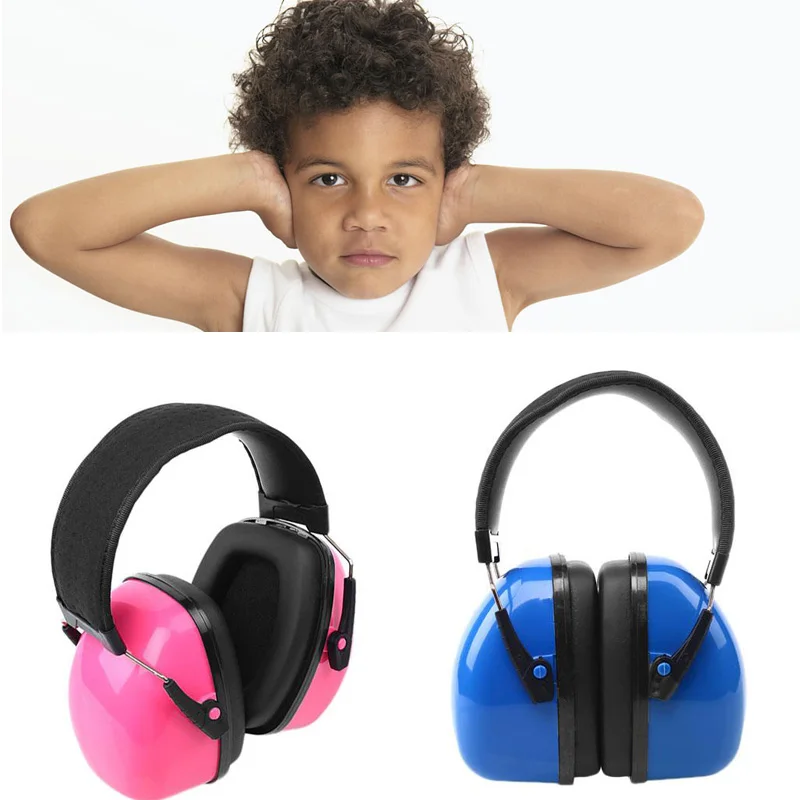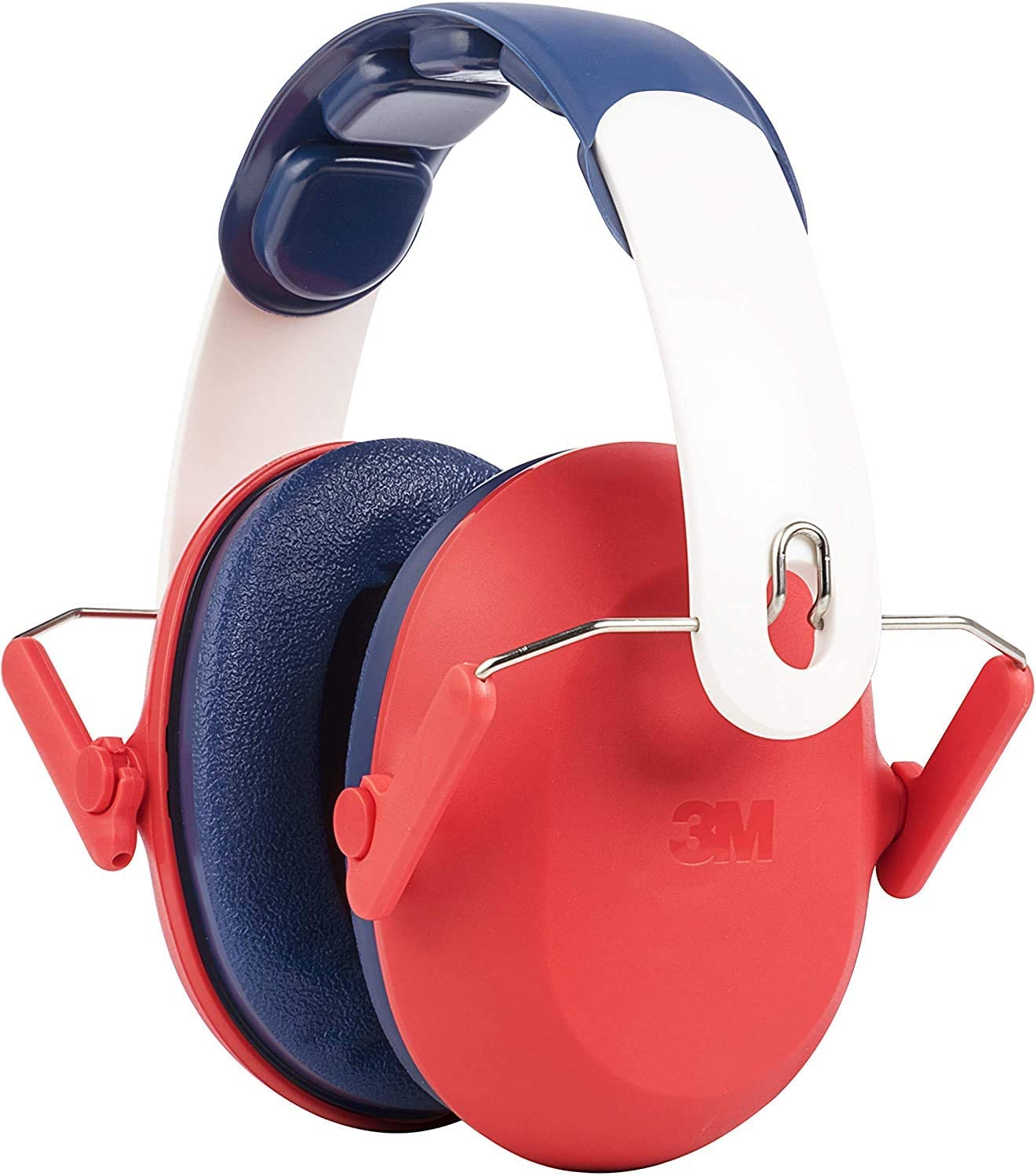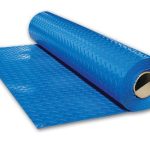I. Introduction

A. The significance of preserving children’s hearing
The sense of hearing is vital for a child’s overall development and well-being. It plays a crucial role in their speech and language acquisition, social interaction, and academic success. Therefore, preserving children’s hearing is of utmost importance.
B. Growing concerns about noise-induced hearing loss in kids
In recent years, there has been a growing concern about noise-induced hearing loss in children. Exposure to excessive noise, both in recreational and everyday environments, can lead to irreversible damage to their hearing. As a result, it is crucial for parents and caregivers to understand the impact of noise-induced hearing loss and take proactive measures to protect their children’s hearing.
II. Understanding Noise-Induced Hearing Loss
A. Explaining noise-induced hearing loss and its impact on children
Noise-induced hearing loss occurs when a person is exposed to loud sounds or noise for an extended period. In children, this can have a detrimental impact on their ability to hear and understand speech, which can affect their communication and learning skills. It can also lead to social and emotional difficulties, as children may feel isolated or frustrated due to their hearing impairment.
B. Common sources of excessive noise in children’s environments

Children are exposed to various sources of excessive noise in their everyday environments. These include loud toys, electronic devices, music concerts, sporting events, fireworks, and even household appliances. It is essential for parents and caregivers to be aware of these sources and take necessary precautions to protect their children’s hearing.
C. Recognizing the signs of hearing damage in kids
It can be challenging to detect hearing damage in children, as they may not always express their difficulties or discomfort. However, some signs that may indicate hearing damage in kids include difficulty understanding speech, frequently asking people to repeat themselves, turning up the volume of electronic devices, and exhibiting behavioral changes such as increased irritability or inattentiveness. It is crucial for parents and caregivers to be vigilant and seek professional help if any of these signs are observed.
III. Kids Hearing Protection: The Need and Options
A. Understanding the importance of hearing protection for children
Given the potential risks of noise-induced hearing loss, it is crucial to provide children with proper hearing protection. By protecting their ears from excessive noise, parents and caregivers can ensure their children’s long-term hearing health and prevent the development of hearing impairments.
B. Different types of hearing protection for kids

-
Earplugs for children
Earplugs are one of the options available for protecting children’s hearing. There are various types of earplugs suitable for kids, including foam earplugs, silicone earplugs, and custom-made earplugs. Each type has its advantages and considerations, and parents should choose the most appropriate option based on their child’s age and activity level.
a. Types of earplugs suitable for kids
Foam earplugs are soft and comfortable, making them suitable for younger children. Silicone earplugs are reusable and offer better noise reduction, making them ideal for older children. Custom-made earplugs, although more expensive, provide the best fit and protection, as they are custom-tailored to the child’s ear shape.
b. Proper insertion and removal techniques
It is essential for parents and caregivers to learn and teach children the proper technique for inserting and removing earplugs. This ensures that the earplugs fit correctly and provide maximum protection.
c. Choosing earplugs based on age and activity
The choice of earplugs should also consider the child’s age and activity level. Younger children may require softer and more malleable earplugs, while older children involved in high-noise activities, such as concerts or motorsports, may need more robust and specialized earplugs.
-
Earmuffs for children
Earmuffs are another effective option for protecting children’s hearing. They come in different styles and provide adjustable levels of noise reduction.
a. Different features and styles available
Children’s earmuffs come in various styles, including headband style and behind the neck style. They often have adjustable headbands and cushioned ear cups for maximum comfort.
b. Selecting the right earmuffs for different environments
It is essential to choose the right earmuffs based on the specific environment or activity. For instance, earmuffs designed for concerts may provide a higher level of noise reduction compared to those used for everyday noise exposure.
c. Balancing comfort and effectiveness
When selecting earmuffs for children, it is crucial to find a balance between comfort and effectiveness. Earmuffs that are too tight or uncomfortable may discourage children from wearing them, compromising their hearing protection.
-
Custom-made options for kids
a. Benefits of custom earplugs and earmuffs

Custom-made earplugs and earmuffs offer several advantages over generic ones. They provide a precise fit, ensuring maximum protection. They are comfortable for long-term wear and can be customized with additional features such as filters for specific noise reduction needs.
b. Professional fitting process
Getting custom-made earplugs and earmuffs for children involves a professional fitting process. A trained audiologist or hearing healthcare professional takes impressions of the child’s ears to create custom-tailored hearing protection devices.
c. Long-term cost-effectiveness
Although custom-made earplugs and earmuffs may have a higher upfront cost, they offer long-term cost-effectiveness. They are durable and can be adjusted as the child grows, making them a worthwhile investment in protecting their hearing.
IV. Encouraging Safe Practices and Education
A. Promoting awareness about the importance of hearing protection
One of the key aspects of preserving children’s hearing is promoting awareness about the importance of hearing protection. By educating parents, caregivers, and the wider community about the risks of noise-induced hearing loss, we can encourage them to take proactive measures to protect children’s hearing.
B. Educating children about the risks of excessive noise exposure
It is crucial to educate children themselves about the risks of excessive noise exposure. Teaching them about the potential consequences of not protecting their hearing can empower them to make informed choices and take responsibility for their own hearing health.
C. Integrating hearing protection practices into daily routines
To ensure the long-term effectiveness of hearing protection, it is essential to integrate it into children’s daily routines. This includes using hearing protection during noisy recreational activities and implementing quiet time and noise control strategies at home and school.
V. Partnering with Parents, Schools, and Communities
A. The role of parents in advocating for kids’ hearing protection
Parents play a crucial role in advocating for their children’s hearing protection. By educating themselves about the risks of noise-induced hearing loss, they can make informed decisions regarding their children’s exposure to excessive noise. They can also advocate for hearing protection measures in schools, recreational facilities, and community spaces.
B. Collaborating with schools to raise awareness and implement protective measures
Schools have a responsibility to protect their students’ hearing. By collaborating with schools, we can raise awareness about the importance of hearing protection and implement protective measures. This may include incorporating noise control strategies in classrooms, providing hearing protection options for students, and educating teachers and staff on the signs of hearing damage.
C. Engaging communities to create noise-safe environments for children
Creating noise-safe environments for children requires the participation of the entire community. By engaging with local authorities, community organizations, and businesses, we can advocate for noise reduction measures in busy areas such as parks, playgrounds, and recreational facilities. This may involve implementing noise restrictions, providing hearing protection options, and educating the community about the importance of maintaining a noise-safe environment.
Conclusion
Protecting children’s hearing requires a multi-faceted approach that encompasses education, advocacy, and community engagement. By promoting awareness about the importance of hearing protection and educating children about the risks of excessive noise exposure, we can empower them to take proactive measures to safeguard their hearing. Collaboration with parents, schools, and communities is essential in implementing protective measures and creating noise-safe environments for children. By working together, we can ensure that children’s hearing is preserved, allowing them to thrive and succeed in all aspects of their lives.



